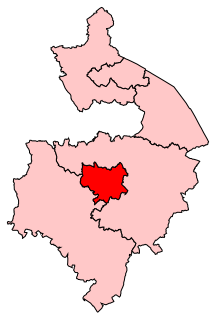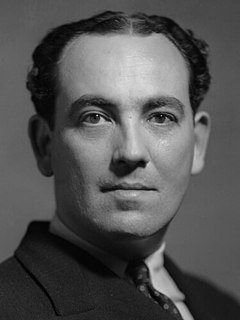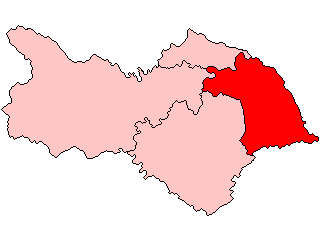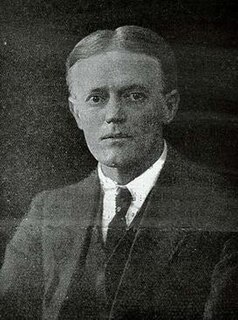Related Research Articles
The New Party was a political party briefly active in the United Kingdom in the early 1930s. It was formed by Sir Oswald Mosley, an MP who had belonged to both the Conservative and Labour parties, quitting Labour after its 1930 conference narrowly rejected his "Mosley Memorandum", a document he had written outlining how he would deal with the problem of unemployment.

Warwick and Leamington is a constituency represented in the House of Commons of the UK Parliament since the 2017 general election by Matt Western, of the Labour Party.

The Amalgamated Engineering Union (AEU) was a major British trade union. It merged with the Electrical, Electronic, Telecommunications and Plumbing Union to form the Amalgamated Engineering and Electrical Union in 1992.
John "Jack" Kinley was a British Labour Party politician.
John McGovern was a Scottish socialist politician.
Florence Beatrice Paton was a Labour Party politician in the United Kingdom, and a Member of Parliament (MP) from 1945 to 1950.

The 1942 Maldon by-election was a parliamentary by-election held on 25 June 1942 for the British House of Commons constituency of Maldon in Essex. It was one a series of by-elections in World War II won by radical independent candidates.
The 1940 East Renfrewshire by-election was a parliamentary by-election held on 9 May 1940 for the British House of Commons constituency of East Renfrewshire in Scotland.
The 1946 Battersea North by-election was a parliamentary by-election held on 25 July 1946 for the British House of Commons constituency of Battersea North in the Metropolitan Borough of Battersea.

The Scarborough and Whitby by-election was a parliamentary by-election for the British House of Commons constituency of Scarborough and Whitby on 6 May 1931.
The 1941 Lancaster by-election was a parliamentary by-election for the British House of Commons constituency of Lancaster, Lancashire on 15 October 1941.

Robert Dunstan was a British doctor and political activist.
John Thomas Abbott was a British socialist activist.

Kate Florence Spurrell was a British trade unionist and socialist activist.
Albert Reginald Stamp was a British politician who served as the chair of London County Council.
Isaac Burns, often known as Ike Burns, was a British trade unionist and political activist.
Thomas Irwin was a Scottish trade unionist and politician, who played a prominent role in the split of the Independent Labour Party from the Labour Party.
Ernest Stanford was a British politician.

Percy Frederick Pollard was a British socialist activist.
George Francis Johnson (1872–1958) was a British socialist politician who devoted much of his life to the Independent Labour Party (ILP).
References
- ↑ Brasher, Stephen (2 July 2015). "The Returning Officer: Warwick". New Statesman. Retrieved 1 April 2019.
- 1 2 Craig, F. W. S. (1949). British Parliamentary Election Results 1918–1949. Glasgow: Political Reference Publications.
- 1 2 Cohen, Gidon (2000). The Independent Labour Party 1932-1939 (PDF). York: University of York. Retrieved 27 March 2019.
- 1 2 3 Who's Who of British Engineers. Vol. 3. F. Hodgson. 1970. p. 229.